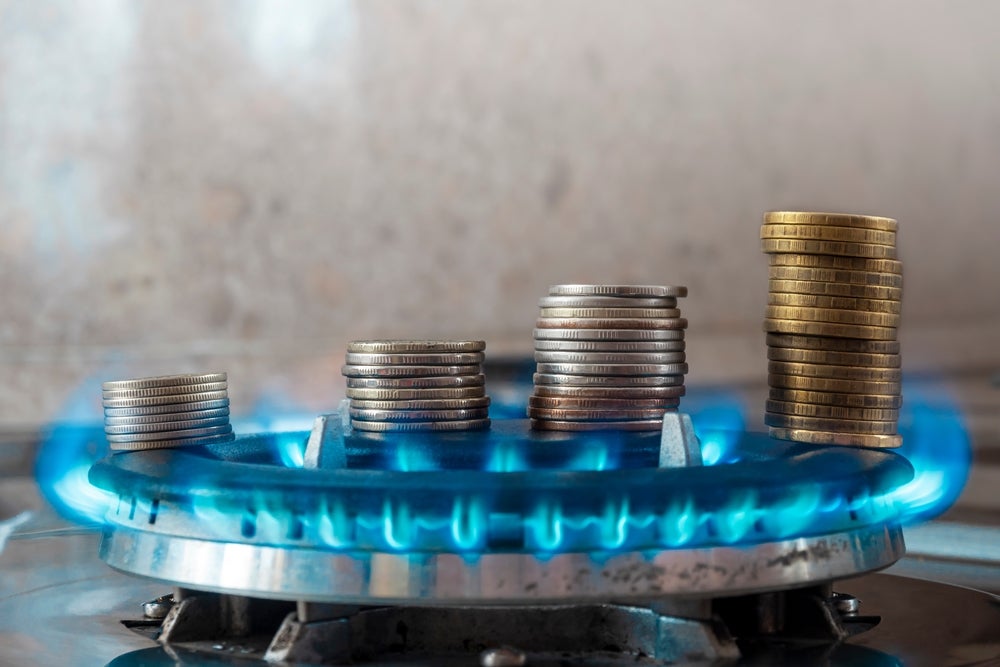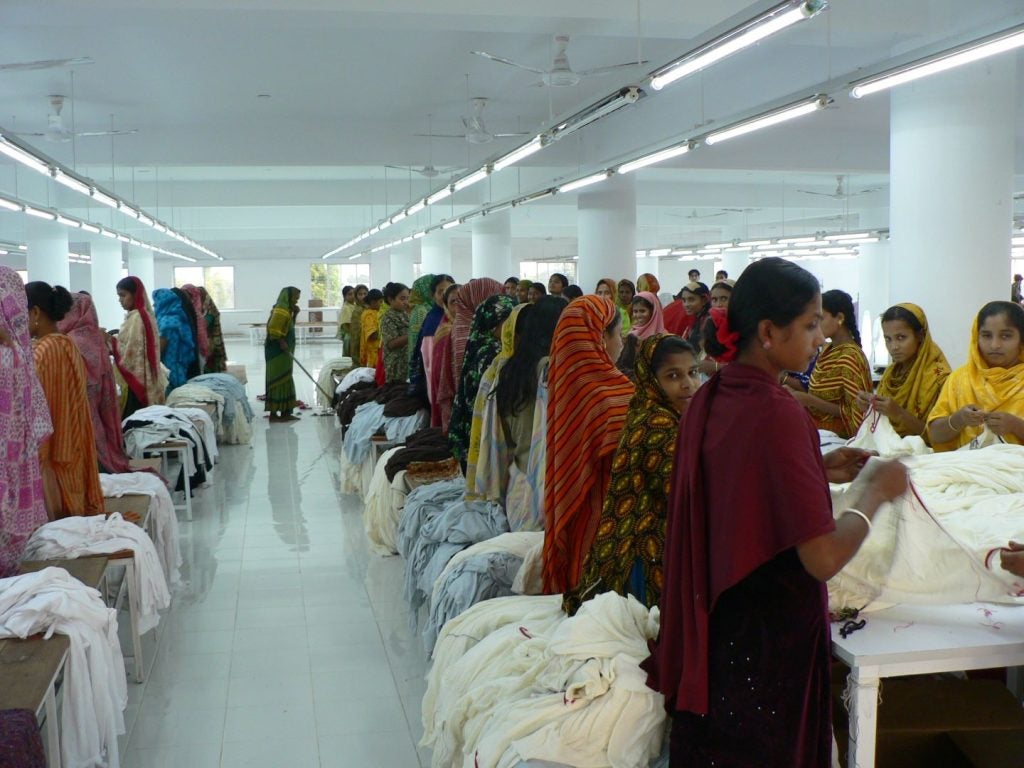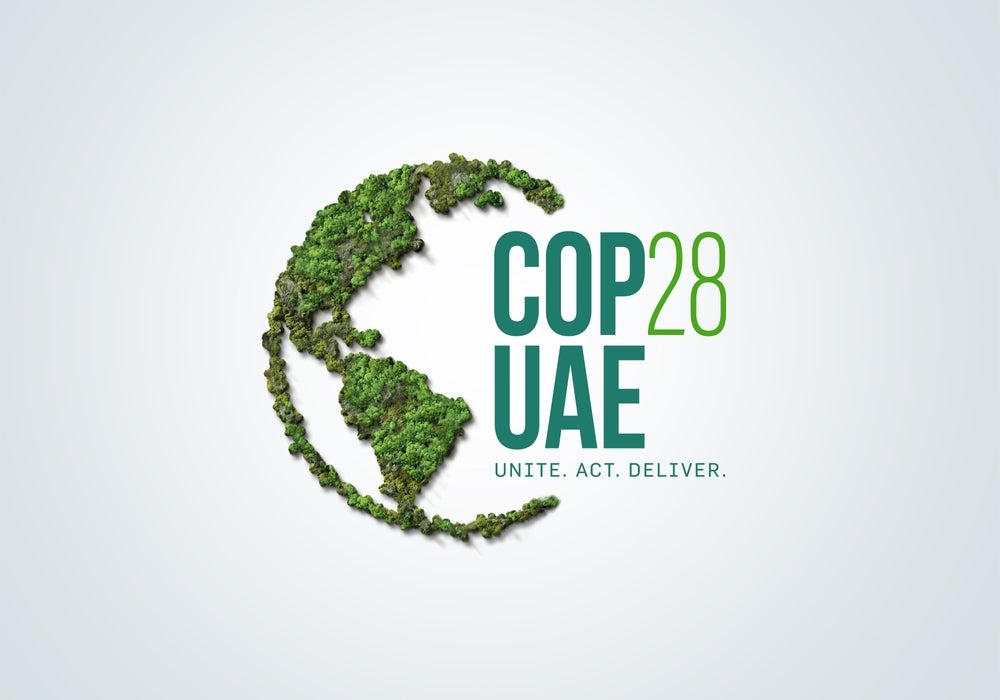
EU electricity prices are often around EUR0.56/KWh (US$0.60) at present, compared to $0.10/KWh in competing garment industrial centres, according to EU data.
The European apparel and textile confederation (Euratex) senior policy officer for trade and industry Paolo Sandri warned EU clothing and textile imports increased 35% in 2022 year-on-year. Along with increasing energy costs hitting the bottom line, the import surge and resulting decline in demand for European-made products has caused EU garment factories to operate at a loss or even close down, he said. “If no immediate action is taken by EU and national authorities, many companies will be pushed out of the market and the EU would lose its ability to manufacture essential products in a sustainable way,” Sandri told Just Style.
Euratex wants a more proactive approach helping EU manufacturers source raw materials and semi-finished products, cutting energy prices – with a price cap no higher than EUR80/MWh (considerably lower than the existing EU wholesale price cap for energy at EUR180/MWh), and longer-term assistance towards securing cheap, sustainable energy. This approach should be European and leave “much less space for member states’ individual action,” Sandri added.
There should also be “ambitious investments”, with a radical change to the EU’s stance on state aid to help clothing businesses survive the energy crisis, he said. This does not mean, “simply allowing member states to spend what they think is necessary, which would destabilise the EU internal market,” he said.
Will EU garment brands relocate due to the energy crisis?
Antonio Franceschini, general secretary of Italy’s CNA Federmoda, the national association of SMEs, producing ‘Made in Italy’ fashion, warned garment and footwear companies may have to stop production in the EU or relocate due to insufficient energy and high costs.
“Price increases are inevitable, even on orders already placed,” Franceschini told Just Style. “In some cases, organisations prefer to block production and processing on existing orders. Globally, companies are unable to deal with short-term planning, cannot afford to produce at a loss and therefore risk closure.”
How well do you really know your competitors?
Access the most comprehensive Company Profiles on the market, powered by GlobalData. Save hours of research. Gain competitive edge.

Thank you!
Your download email will arrive shortly
Not ready to buy yet? Download a free sample
We are confident about the unique quality of our Company Profiles. However, we want you to make the most beneficial decision for your business, so we offer a free sample that you can download by submitting the below form
By GlobalDataThe Rome-based CNA head warned that if the EU did not act quickly enough, “the scenario could be dramatic: yet another weakening of some portions of the supply chain, with an even greater dependence on imports, energy and on raw materials from outside the EU.”
That would stall or roll-back post-pandemic trends encouraging reshoring of clothing and fabric production to Europe to diversify sourcing away from low-cost centres and reduce supply chain risk. Because of this, despite the inflationary pressures of energy costs, Franceschini noted that “a widespread phenomenon [of relocation or bankruptcies] is not currently observed”.
In addition, while Franceschini said “strong public support would be needed” for public spending on green energy, investments to install self-production plants from renewable sources, in particular photovoltaics, would help Italian garment companies compete internationally.
Can the EU garment sector still compete?
In short, despite increased competition and the energy and cost of living crises, with innovative energy-saving measures and essential EU aid, the sector can hold its own, clothing industry specialists told Just Style.
Indeed, Lutz Walter, secretary general of the European Textile Platform for the Future of Textiles and Clothing (ETP), said: “Companies have employed all sorts of strategies and temporary measures to save energy,” and to survive. He added: “Some still benefitted from longer term fixed gas and electricity supply contracts, others benefitted from various government support measures and wherever possible they tried to pass on increased production costs at least partially in their product prices.”
As a result “longer term there will be new strategies in terms of energy mix, including where possible some local renewable energy generation,” Walter told Just Style. “Some processes that are gas-powered today may become electrified, but this is mostly a medium-to-longer term solution.”
For garment production, the energy price impact is more indirect, he said, as the costs to garment manufacturing are not as significant as in textile processing and finishing: “The impact will rather be felt through a decrease in sales, due to consumers hit with high energy bills and inflation generally not being willing or able to spend as much on clothing.”
Meanwhile, European Commission environment spokesperson Adalbert Jahnz told Just Style the EU provides “an array of funding opportunities to help garment and textile companies, particularly SMEs, to build up and attract investment,” so maintaining industry competitiveness, such as regional aid ‘cohesion policy’ funding and EU “recovery and resilience” plans, which can modernise or establish “the most appropriate infrastructure”.
He cited in particular co-financing projects under Horizon Europe, the EU’s key funding programme for research and innovation; Life financing for the environment; and the EU Pact for Skills, that supports clothing businesses with upskilling and reskilling.
Research and innovation are also being promoted through “various platforms and funding schemes”. Garment companies are encouraged to share data, information and research, for example on materials and fibre development, said the Commission official.
And two months ago (26 January), in another bid to boost the garment sector, the Commission launched a multi-lingual campaign called ReSet the Trend, to encourage more sustainable fashion purchases and “demonstrate the opportunities sustainable fashion opens up for businesses and consumers”.
Meanwhile, in the face of Euratex criticism that it is not acting quickly enough, another Commission official assured Just Style the EU offers a myriad of measures to combat the energy crisis impact. These include green energy investments under its RePowerEU plan; the EU temporary crisis framework, which allows national governments more leeway on subsidy payments to troubled industries, now extended until the end of 2023; and ‘toolbox’, a similar authorisation for member states to make urgent payments to help businesses and workers deal with inflation and recession.
“The Toolbox in particular, adopted by the Commission in October 2021, has allowed us to address the immediate impact of price increases with state aid for companies and targeted tax reductions,” said the official. Priority is given to measures to mitigate price rises for small businesses, representing the most active EU textile businesses, he said.
The EU is also developing additional proposals to “achieve the transition to clean energy including the acceleration of renewables,” he added, which will bring the garment sector increased resource independence.







